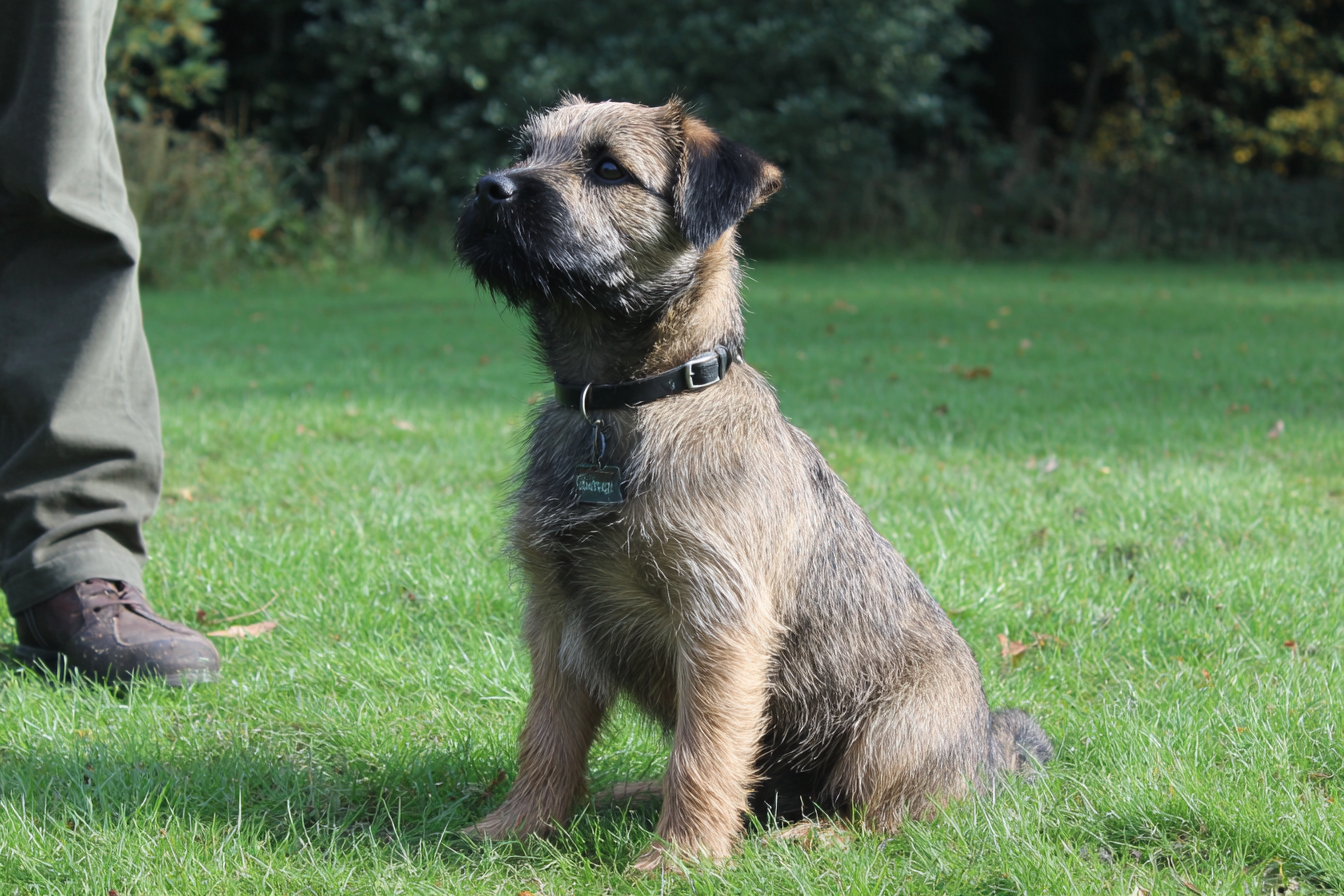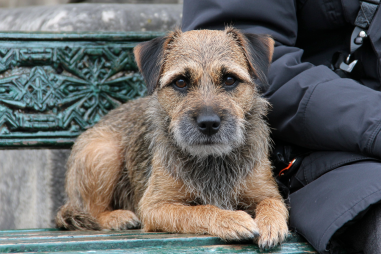Training a Border Terrier can be a deeply satisfying journey, as these small, spirited dogs are both smart and eager to please. Their lively personalities and sharp minds make them quick learners, but they also require thoughtful guidance to channel their energy and instincts positively. By adopting effective Border Terrier training methods, you can foster a well-behaved pet that thrives in your family and community. This guide explores the key strategies and insights to make training your Border Terrier a successful and enjoyable experience.
Understanding Border Terrier Temperament
Border Terriers are known for their affectionate, intelligent, and energetic nature. Bred originally for hunting foxes and small game, they possess a strong prey drive and a keen sense of curiosity. These traits mean they are active dogs who love exploring their environment, often with a fearless attitude despite their small size. Understanding their temperament is crucial because it influences how they respond to training.
They tend to be friendly and social but can sometimes be stubborn or independent. Their inquisitive mindset means they can easily become distracted, especially when off-leash or in stimulating environments. Early socialization and consistent training help mitigate any unwanted behaviors and encourage their natural enthusiasm to be directed in constructive ways.
Importance of Positive Reinforcement
When training a Border Terrier, positive reinforcement is by far the most effective method. These dogs respond best to rewards, such as treats, praise, and playtime, rather than harsh corrections or punishment. Positive reinforcement not only helps the dog associate desired behaviors with good outcomes but also builds trust and strengthens your bond.
Using a reward-based approach encourages your Border Terrier to repeat behaviors because they anticipate something enjoyable. It taps into their eagerness to please and makes training sessions fun and engaging rather than stressful. Avoid negative discipline, which can lead to fear or anxiety, making training more difficult and potentially harming the relationship you’ve built with your dog.
Basic Obedience Training Commands
Teaching your Border Terrier basic obedience commands lays the foundation for good behavior in all areas of life. Simple commands like “sit,” “stay,” “come,” “leave it,” and “heel” are essential tools for keeping your dog safe and well-mannered both at home and in public.
Start training these commands early, using short, regular sessions of 5 to 10 minutes to maintain focus. Use clear, consistent cues and pair each command with a reward to reinforce learning. For example, when practicing “sit,” say the word clearly while gently guiding your dog to sit, then immediately give a treat when they obey. Consistency in tone, timing, and reward ensures quicker mastery.
Crate and Leash Training Tips
Crate and leash training are vital components of Border Terrier training methods that provide structure and safety. A crate offers your dog a secure, comfortable space that can help with housebreaking and reduce anxiety by serving as a den-like retreat. Introduce the crate gradually, making sure it’s inviting by adding soft bedding and toys. Feed meals inside the crate and use positive reinforcement to create a welcoming environment rather than a place of punishment.
Leash training requires patience and consistency. Border Terriers can have a strong hunting instinct, making them prone to pulling or chasing when on a leash. Start in a low-distraction area, allowing your dog to get used to the leash and collar or harness. Practice walking calmly by your side, rewarding your dog when they maintain steady behavior. Avoid letting them forge ahead or pull, as this reinforces unwanted habits. Using commands like “heel” and stopping when pulling occurs teaches your dog that walking politely results in forward movement and praises.
Managing High Energy with Training Exercises
Border Terriers are energetic dogs that need plenty of physical and mental stimulation to stay balanced and well-behaved. Without enough exercise, they can become bored, leading to destructive behaviors like digging or excessive barking. Incorporating training exercises that challenge both their body and mind helps harness their energy positively.
Some effective training exercises include:
- Agility courses or obstacle training, which satisfies their natural agility and problem-solving abilities
- Interactive games such as fetch or hide and seek
- Puzzle toys that require your dog to think and work to earn treats
- Short obedience drills sprinkled throughout the day to reinforce commands and focus
Regular exercise routines combined with mental challenges keep Border Terriers happy, healthy, and more responsive to training.
Addressing Common Behavioral Issues
While Border Terriers are generally well-mannered, certain behaviors can arise if training isn’t consistent or energy is unmet. Common issues include excessive barking, digging, chewing, and chasing small animals or moving objects. These behaviors typically stem from boredom, a lack of exercise, or insufficient mental stimulation.
To manage these behaviors effectively:
- Excessive Barking: Identify triggers and use distraction techniques or commands like “quiet” combined with positive reinforcement when your dog stops barking.
- Digging: Provide designated digging areas or engage your dog in digging games outside while redirecting them from inappropriate places.
- Chewing: Ensure your Border Terrier has plenty of durable chew toys and discourage destructive chewing by substituting appropriate items.
- Chasing: Teach recall commands diligently and avoid off-leash situations where this behavior might occur unless in a secure, fenced area.
Consistency in addressing these behaviors early prevents them from becoming ingrained habits.
Maintaining Training Consistency
Consistency is the key to long-term success in Border Terrier training. These dogs thrive on routine and clear expectations. Every family member should use the same commands, signals, and reward systems to avoid confusing the dog.
Regular, short training sessions are more effective than occasional long ones, as frequent practice strengthens memory and behavior. Reinforce training throughout daily life situations—not just during formal sessions—to help your Border Terrier generalize commands and behave well in varied settings.
Remember that patience and persistence pay off. Even though Border Terriers are quick learners, they need reassurance that you are dependable and fair. Celebrate small successes and adjust your training strategies as your dog grows and develops.
With the right understanding of their temperament and a commitment to positive, consistent training methods, your Border Terrier will grow into a well-behaved, happy companion who fits perfectly into your family life. Embrace training as an ongoing journey filled with rewarding moments and a strong bond that lasts a lifetime.







